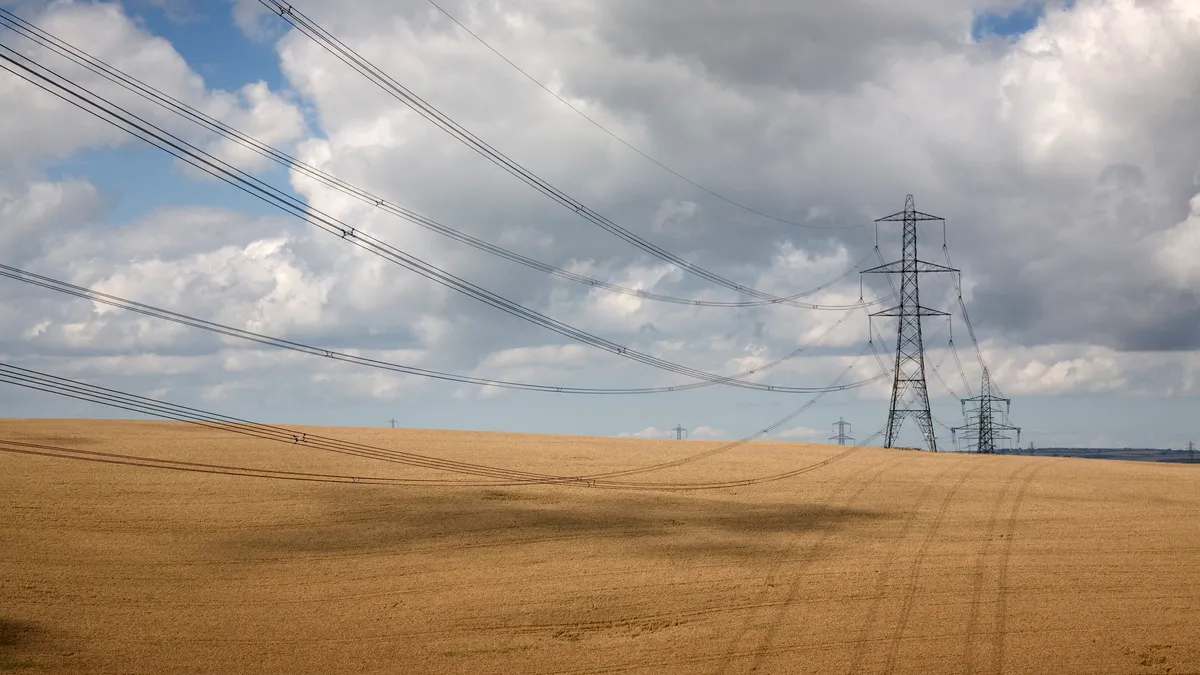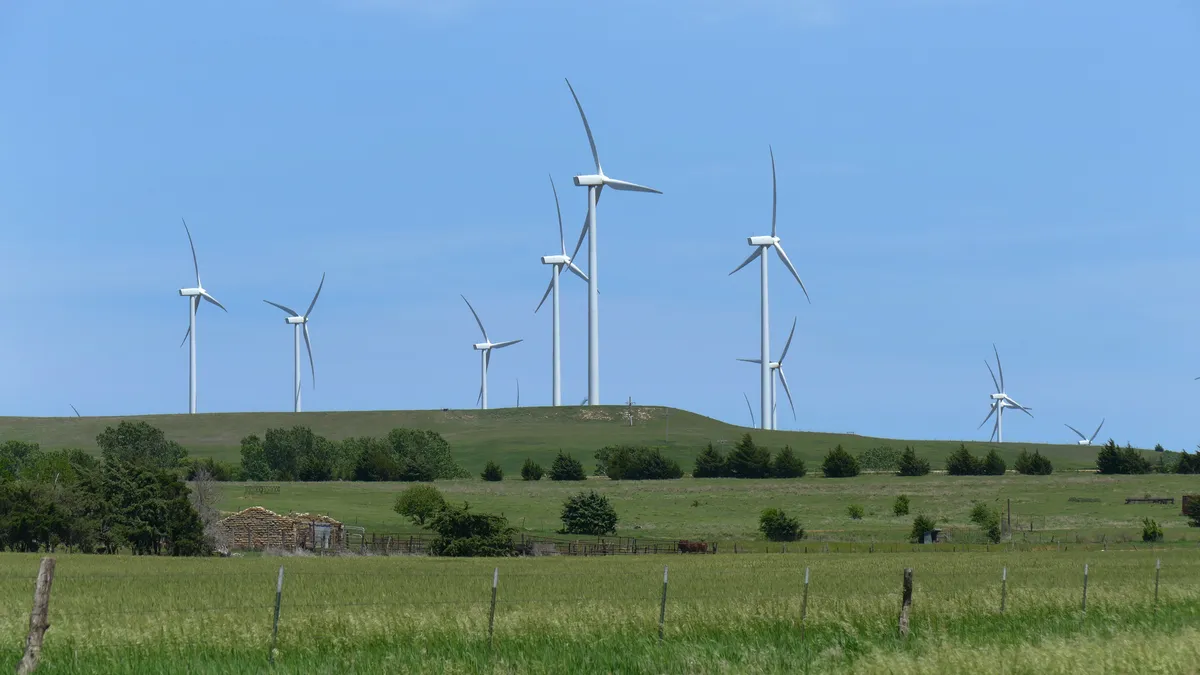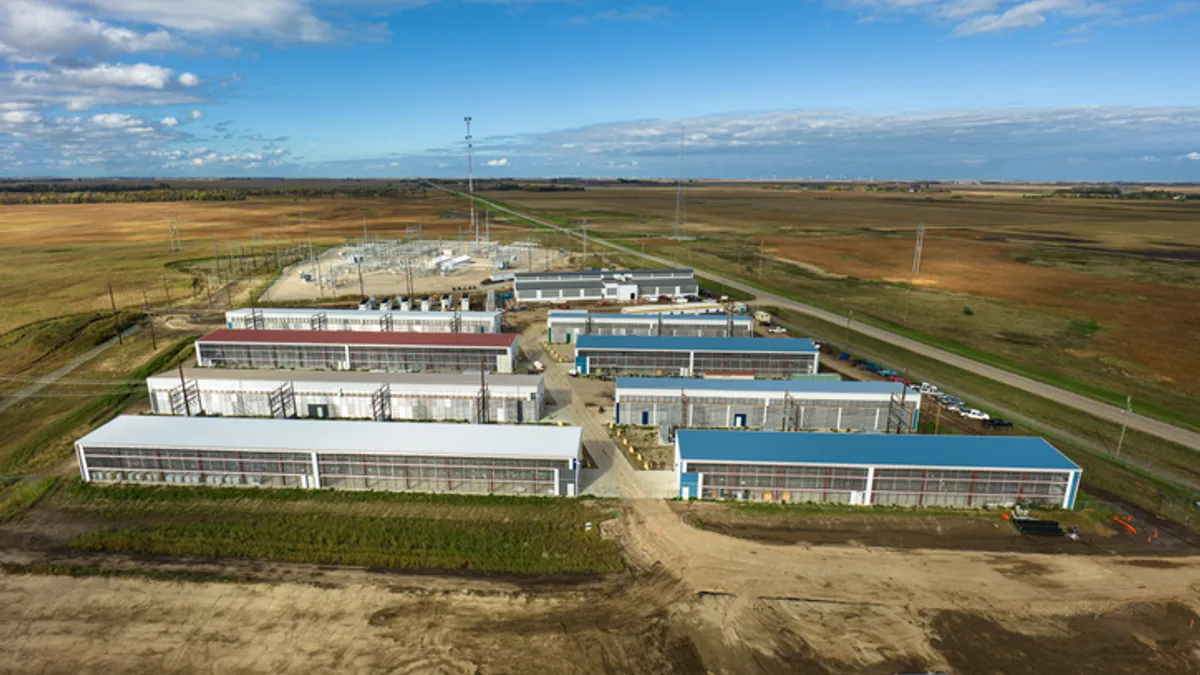The Federal Energy Regulatory Commission enters 2024 with Willie Phillips starting his second year as the agency’s head and at least one issue — transmission planning and cost allocation reform — teed up for early action.
Other top priorities for FERC this year include continued efforts to improve the interconnection process, consideration of expanded transmission ties between regions and possible power market reforms, according to agency experts.
Also, with Commissioner James Danly’s term ending, the agency is down to only three commissioners: Phillips and Allison Clements, Democrats, and Mark Christie, a Republican. Clements’ term ends June 30, although she can remain as a commissioner until the current Congressional session expires at the end of the year.
Having only three commissioners — just enough members for a quorum to vote on issues — presents risks and benefits.
“FERC functions best when it has a full complement of five, and I always get nervous when you get down to three,” said Neil Chatterjee, a former FERC chairman who is now a senior advisor with Hogan Lovells.
A commissioner could leave the agency for some reason or may have to recuse themselves from a vote, leaving the agency without enough commissioners to vote on pending matters, according to Chatterjee and former FERC Chairman Richard Glick — now a principal with GQ New Energy Strategies, a consulting firm.
However, having three commissioners means there are never tie votes that could prevent action on an issue, such as transmission planning reform.
“In some ways, there will be more freedom and more ability to move out orders because there's not a possibility of a tie,” Glick said.
Also, FERC may be able to draft and issue orders more quickly because commissioners won’t need to respond to Danly’s relatively frequent dissents, he said.
“I think this group of three will work very well together,” Chatterjee said. “I think this is going to be the year of Willie Phillips at FERC. He will be able to work well with both of his colleagues.”
While usually best to have a full commission, filling FERC’s empty seats could delay the agency’s work on key initiatives, such as its pending transmission planning rule, according to Glick and Chatterjee.
“If you had two new commissioners, even if they had some experience, it takes a long time for everyone to get up to speed,” Glick said. “It might be easier to allow the commission to work with the three members that have been there a while and get some of those orders out and then nominate two new commissioners.”
Transmission a top Phillips priority
Earlier this month, Phillips outlined his priorities for the agency: grid reliability, resource adequacy — ensuring there are enough power supplies to meet demand — and transmission, including a rulemaking on its backstop siting authority for power lines in national interest transmission corridors.
“There are matters that are critically important, beyond transmission,” Phillips said Jan. 18 during a media briefing. “We're focused and we can do more than one thing at a time.”
Phillips said he aims to issue a final rule on transmission planning and cost allocation in the coming months. “I’m confident that the collective expertise and commitment of FERC will lead us to equitable and forward-thinking transmission solutions that will stand the test of time,” he said. “There’s nothing that I know … that can make me believe that we can’t get this work done.”
FERC is under pressure to issue its transmission planning rule, in part because of concerns current rules incentivize utilities to build local power line projects instead of regional projects that may provide larger benefits, such as accessing new renewable energy supplies.
In the last two months, companies such as Amazon.com, Apple, Google, Meta and Microsoft, industry groups like the Clean Energy Buyers Association and the American Council on Renewable Energy, environmental groups like the Natural Resources Defense Council and the Environmental Law & Policy Center as well as 21 Senate members and 113 House members have urged FERC to issue its pending proposal.
Danly’s exit from FERC may give Phillips the ability to “do a little bit more” on transmission, Karen Onaran, president and CEO of the Electricity Consumers Resource Council, said, noting the former commissioner opposed FERC's transmission and cost allocation proposal.
Christie appears open to elements of the proposed transmission rule, according to Onaran. “He may not be 100% there, but I think the commission can actually move forward at least on some of what’s pending,” she said, adding that Phillips would prefer a unanimous order.
Interregional transfer capacity on deck
Besides the planning and cost allocation rule, FERC has other transmission-related priorities on its plate. It is also exploring the possibility of taking steps to bolster transmission capacity between regions, Phillips said during the Jan. 18 media briefing.
Those efforts are running alongside a North American Electric Reliability Corp. interregional transfer study, he said, noting the study has started and may not take 18 months, the amount of time Congress gave NERC to do it.
“We are working on these two projects in parallel so that when NERC concludes its study, FERC is ready to act immediately,” he said.
NERC expects to complete its transfer capacity analysis in July and it has a Dec. 2 deadline to submit the study to FERC.
Interconnection reform efforts continue
FERC observers expect the commission will continue its efforts to reduce grid interconnection queue backlogs to follow up on its landmark Order 2023 issued in July, which set new interconnection requirements.
FERC is preparing to respond to requests for rehearing and clarification on its interconnection decision, according to Caitlin Marquis, a managing director at Advanced Energy United. And in early April, regional transmission organizations and transmission providers will file their Order 2023 compliance plans for FERC review, she said. Both events will give FERC an opportunity to offer additional guidance on its expectations for revised interconnection processes, she said.
Also, Phillips has indicated the commission would hold a technical conference on automation in the interconnection process this year, Marquis said.
“There's still a lot of issues associated with the interconnection processes around the country,” Glick said “I think FERC is still going to be very busily involved in interconnection reform in 2024.”
Grid reliability, resource adequacy
Grid reliability — a topic Phillips regularly says is FERC’s “job number one” — is another major issue the commission will grapple with this year, according to agency experts.
“Extreme weather is highlighting the vulnerabilities of a gas-dependent system,” said John Moore, director of the Sustainable FERC Project at the Natural Resources Defense Council. “There is more than sufficient replacement capacity in the interconnection queues to offset retiring capacity, and more on the way, but the queues are moving far too slowly to integrate the new resources. FERC really needs to take a look at further interconnection reforms to help fix this serious problem.”
“There are red flags out there,” Moore said, pointing to a recent NERC report indicating most of the United States face possible power supply shortfalls over the next decade.
That could spur FERC action on interregional transfer capacity and interregional transmission planning, as well as possible efforts to lower barriers to high-voltage, direct current transmission projects, which can move power efficiently over long distances and provide other reliability benefits, Moore said, while noting that regional transmission organizations have many tools at their disposal to address reliability issues.
Capacity market reforms
There may also be action on ensuring that capacity markets are able to procure adequate power supplies amid an evolving resource mix, according to observers.
“In many regions, resource adequacy and capacity reform and capacity accreditation continue to be topics that are moving through the stakeholder processes,” Marquis said. “There are pending cases around those issues and likely to be further filings this year that the commission will be asked to weigh in on.”
Other key issues FERC will likely tackle this year observers said include:
- the use of grid-enhancing technologies, including dynamic line ratings, to squeeze the most out of the existing transmission system;
- proposed gas pipelines and liquefied natural gas export projects;
- guidance on how the agency considers environmental justice when it reviews proposed gas infrastructure projects; and
- reliability concerns related to an Environmental Protection Agency proposal to limit greenhouse gas emissions from fossil-fueled power plants.
Little expected from Congress
Given that it’s a presidential election year, the Senate has a slim Democratic majority and the House is controlled by Republicans, observers doubt Congress will pass transmission, permitting reform — a priority for Sen. Joe Manchin, D-W.Va. — or other energy-related bills.
“I don't even know that they're going to be able to keep the government open, let alone have a legislative vehicle to carry permitting reform,” said Chatterjee, a former Senate aide.
“It's very hard to see the parties coming together on any major piece of legislation in this election year, given what the stakes are for the election,” said Glick, also a former Senate aide.
Uncertainty about the election may spur the Department of Energy to sharpen its efforts to distribute funding for clean energy and other programs in the Inflation Reduction Act and the bipartisan infrastructure law, according to Glick.





















